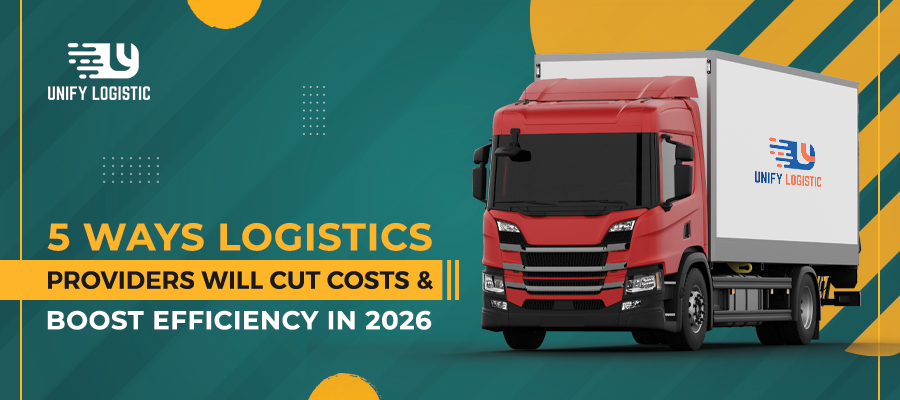
5 Ways Logistics Providers Will Cut Costs & Boost Efficiency in 2026
Choose Unify Logistic Solutions as your freight partner and optimize every shipm...
READ MORE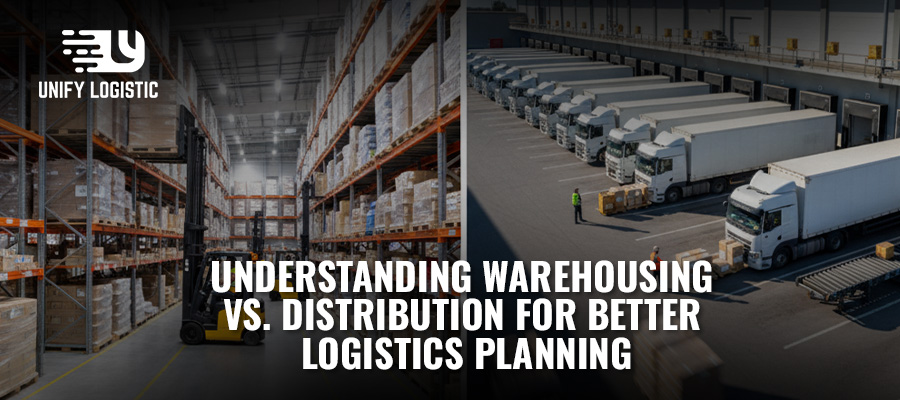
Understanding Warehousing vs. Distribution for Better Logistics Planning
Warehousing and distribution may not be the flashiest parts of the supply chain,...
READ MORE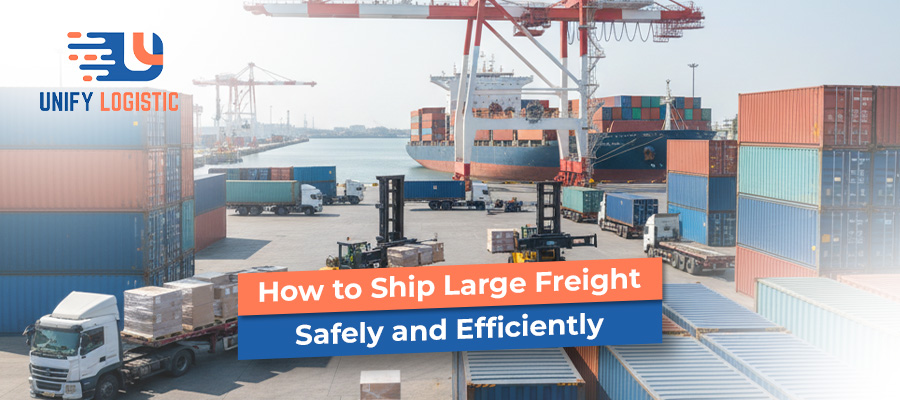
How to Ship Large Freight Safely and Efficiently
We simplify the logistics for every company we serve while ensuring on-time and...
READ MORE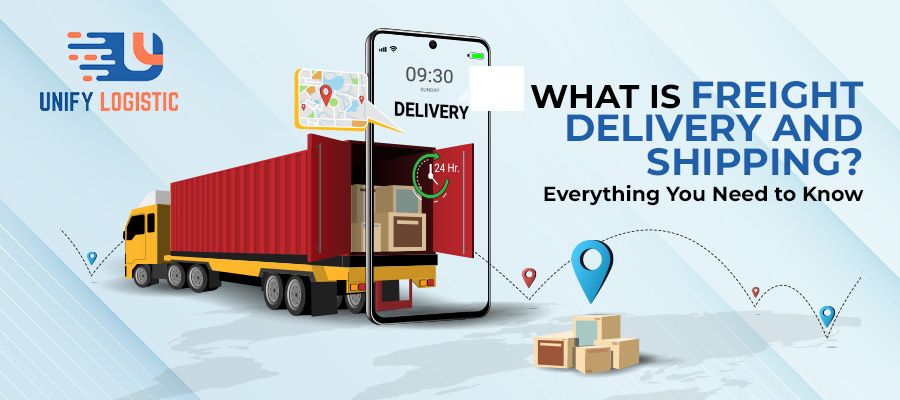
What Is Freight Delivery and Shipping? Everything You Need to Know
Freight delivery isn’t as complicated as it sounds. It’s really a great process...
READ MORE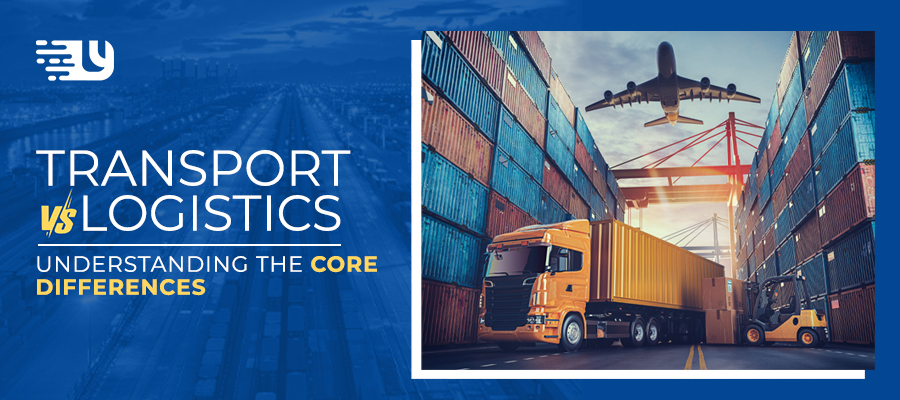
Transport vs Logistics. Understanding the Core Differences
The logistics and transportation industries are changing more quickly than ever...
READ MORE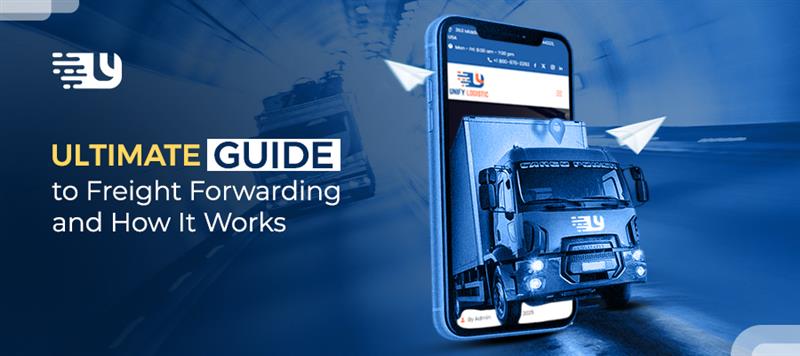
Ultimate Guide to Freight Forwarding and How It Works
If you look around, you will notice there is an increase in international shippi...
READ MORE.jpg)
Overcoming Shipping Hurdles in the Food and Beverage Industry
The food and beverage industry is one of the most important sectors in the world...
READ MORE.jpg)
Standard Shipping or Freight Shipping: Which Do You Need?
When moving products from one place to another, one of the most common questions...
READ MORE
Strategies to Tackle Supply Chain Challenges in Lumber Transportation
Transporting lumber often looks simple; all you have to do is cut the wood in th...
READ MORE
Role of Quality in Electronics Freight Efficiency
In today’s hyper-connected world, the electronics industry is one of the most fa...
READ MORE